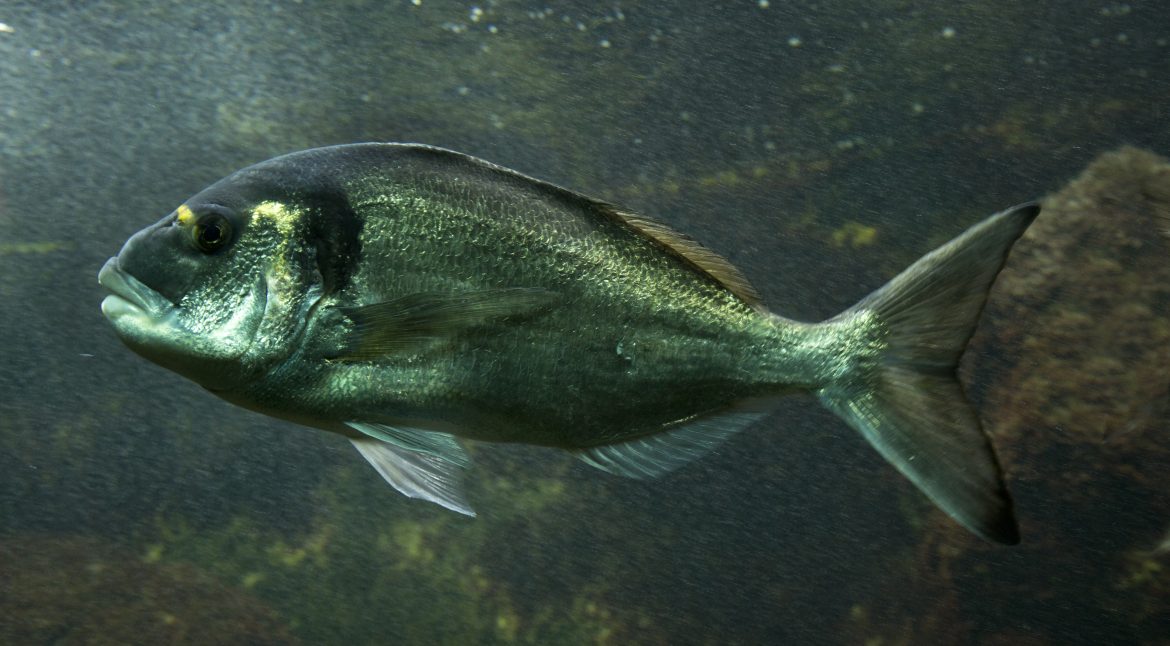Fish oil (FO), as a source of n-3 long-chain polyunsaturated fatty acids (LC-PUFA), is probably one of the most valuable ingredients in fish feeds. However, rising costs, decreasing availability and scarcity of alternative “Omega-3” sources meeting price and volume demands, compels its judicious use by the aquafeed industry. Past research indicated that saturated fats (SFs), such as terrestrial rendered fats, have the potential to metabolically spare LC-PUFA for tissue deposition. On the other hand, beneficial effects of hot (activating the trigeminal nerve) spices in modulating metabolism and improving digestibility of fats, prominently SFs, have been well established in mammals. In this context, this study was performed to explore the combined potential of SFs and spices to partially replace FO in seabream diets, during a winter grow-out period (January to May, start weight: 85g) at low water temperature (16.2±1.9ºC). Five diets were tested: a positive control (PC), a negative control (NC) with 45% of FO replaced by SFs (mammalian fats), and 3 diets in which the NC basal formulation was supplemented with an encapsulated mixture of spices oleoresins at 3 levels (Spicy; 0.05%, 0.10%, 0.15%). Results indicated a clear improvement in performance, with 8.2% higher specific growth rate and 13.3% lower FCR in Spicy at 0.15% compared to the NC (and non-significantly different from the PC), as well as a non-significant dose-related increase in apparent digestibility. Spicy at 0.10% and 0.15% reduced hepatic (lipid accumulation histological scores) and flesh (total lipids, mg/g fillet) adiposity and, furthermore, improved the fillet fatty acid profile with regards to the NC by increasing the n-3/n-6 PUFA ratio in a dose-dependent manner. Additionally, percentages of LC-PUFA and C18-PUFA in fillet were increased and decreased, respectively, in Spicy treatments relative to the NC. Hence, effects of spices on fatty acid metabolism, lipid mobilization and digestibility in fish are likely, in line with known effects in other vertebrate species. In conclusion, the results confirmed the potential for spices to improve performance and flesh quality of seabream fed FO-reduced and SFs-rich diets, and hence to support FO reduction strategies in aquafeeds.

Autores: Morais, S., Dias, J., Aires, T., Magalhães, S., Matos, E., Gisbert, E., Estevez, A., Gonçalves, R.A.
Libro/Revista: XX International Symposium on Fish Nutrition and Feeding, Sorrento, Italy
